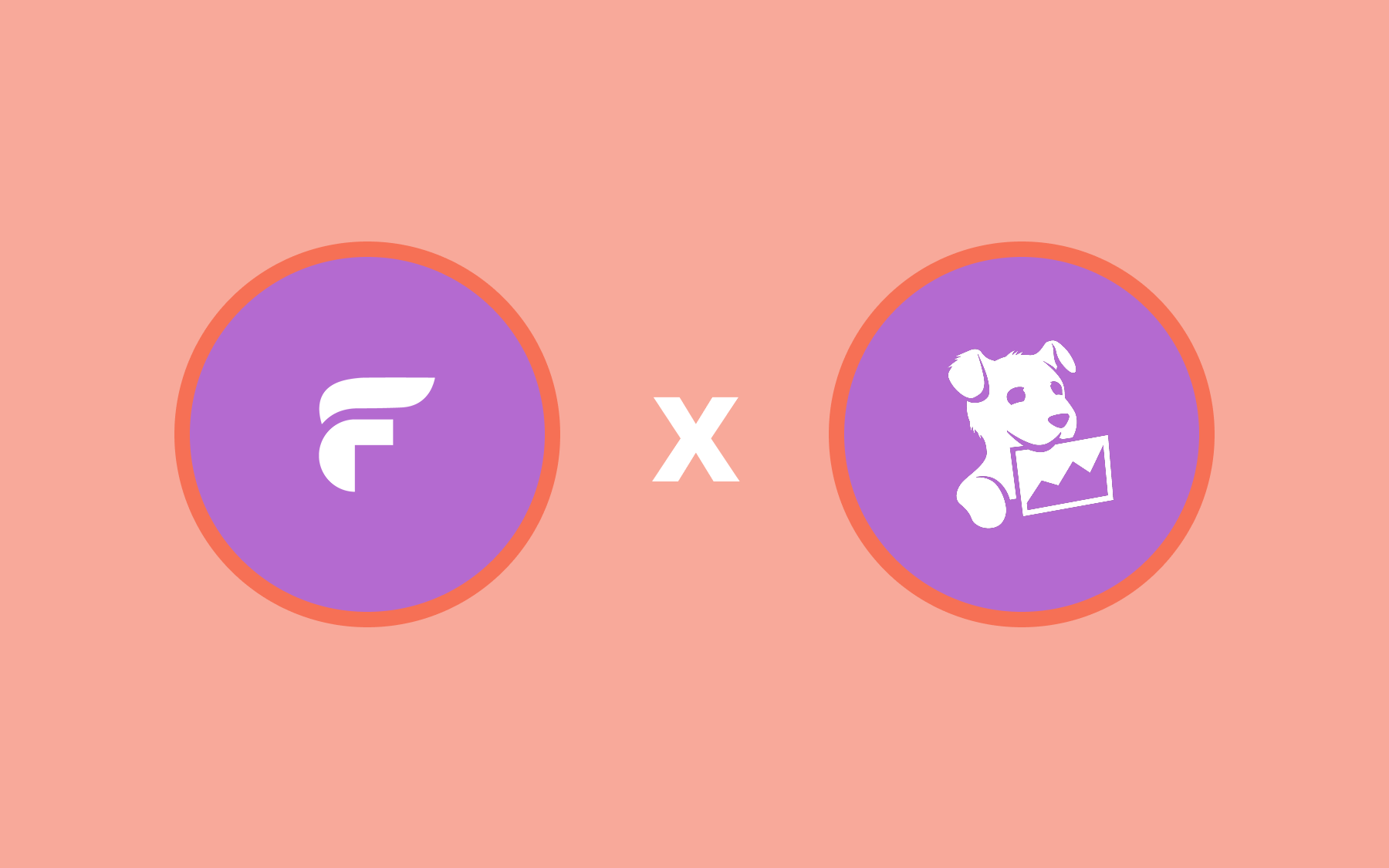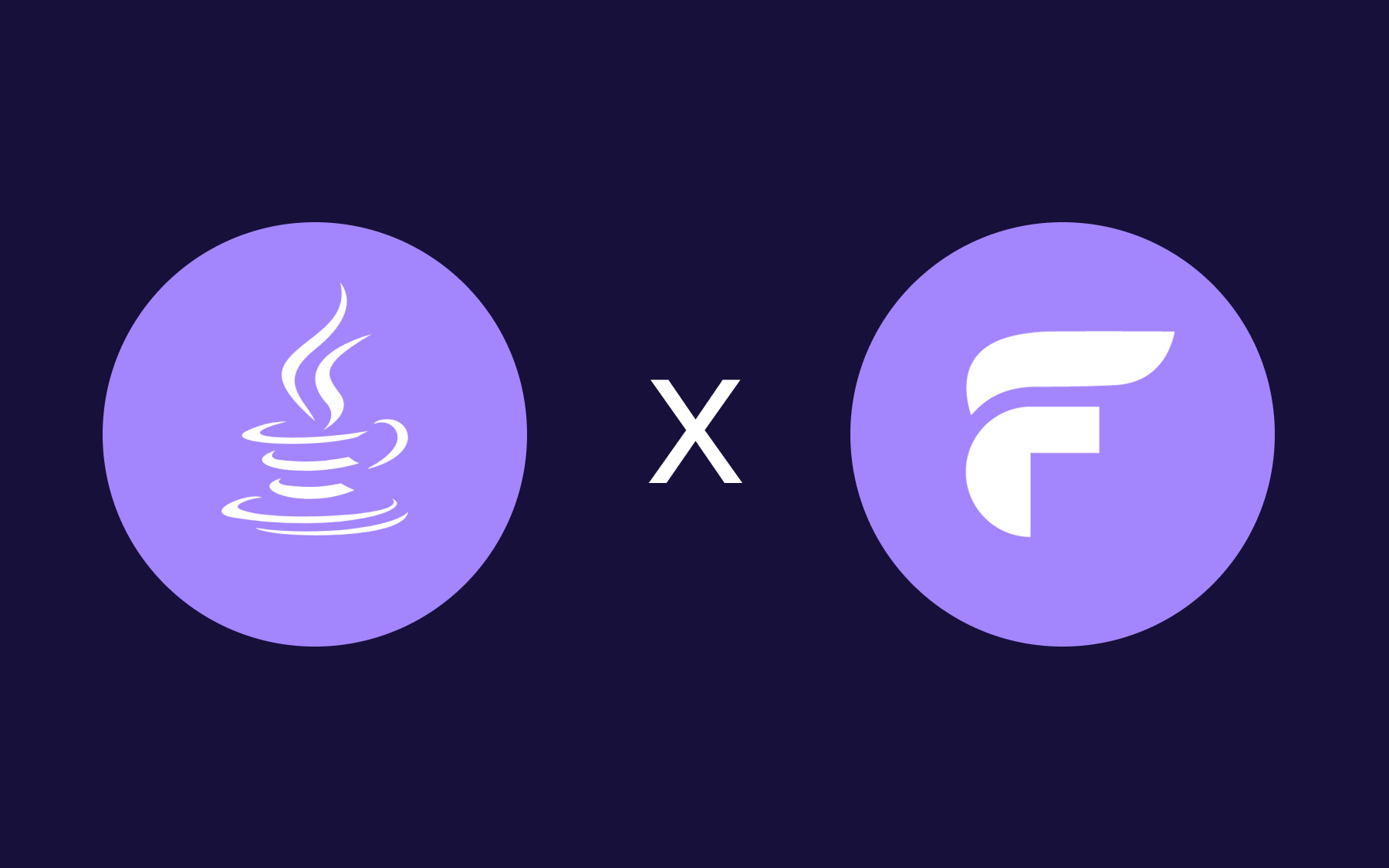Don’t Let a Flawed Release Take Your Company Down

These days, software is at the core of almost everything we do as human beings. Sometimes we take that for granted. Recently, we collectively experienced one tool impacting lives across the world. Global banking systems were brought down. Payment systems were impacted and people couldn’t get paid. Airplanes were grounded. Airlines were unable to run simple applications to even tell people why. Critically, healthcare providers were taken offline and doctors couldn’t work.
The most painful part of all of this is how preventable it was. CrowdStrike released a flawed software configuration that took down millions and millions of Windows PCs. It’s wild to think that in 2024, a single software update can cause a global outage.
Thanks to their release processes, a large but little known company is now famous for all the wrong reasons. Outside of the PR nightmare and instant memes, the company also saw billions of dollars wiped off its market cap in the time it took for millions of PCs to blue screen.
How could feature flags have helped?
The concept of a feature flag is simple—but the capabilities they unlock for companies are powerful. In the simplest form, our customers use flags to mitigate risk when something goes wrong; rolling back code with the click of a button.
In the case of larger organisations releasing critical software, you can also set flags up to enable canary releases. For those who aren’t familiar with the term, a canary release is a progressive rollout that allows you to release code initially to just a small percentage of your users. If you’re a company like CrowdStrike, you can roll out your software update to 10% of your users and see how it performs. If all goes well, you can increase that figure over time, all through the click of a button. If it doesn’t, you can pivot or roll it back without needing to redeploy.
What would this look like in Flagsmith?
There are two ways to do this in Flagsmith. The simplest way is to put the feature behind a feature flag that allows your product team to be able to shut off a feature when you notice an issue. That process would look like this:
The second, the canary release, would have been a recommendation we would’ve made to a client like CrowdStrike. Instead of rolling out the feature to all Windows’ machines, do a progressive delivery that allows you to target a percentage of your users. You can then connect this with observability tools (like Dynatrace) to see how it’s performing in production before deciding if you increase the percentage or not. It would look like this:
Let’s try to prevent cases like the CrowdStrike scenario from happening to others. Talk to us about how you can implement feature flagging to evolve how you release code. With Flagsmith, you can do this with our cloud solution or integrate it fully with your stack on premise.


Flagsmith co-founder. Besides Flagsmith, Ben has founded several other companies, and he currently serves on the Governance Board of OpenFeature, a CNCF Sandbox Project. He's an advocate for open standards and open source and also hosts “The Craft of Open Source" podcast, where he interviews creators and maintainers from the open-source community.

We Built Our Own MCP Server for Engineers & Release Managers


7 PostHog Alternatives for Feature Flag Management


Why LaunchDarkly Went Dark During the AWS Outage—And Why Flagsmith Didn’t


Statsig Alternatives: 8 Best Feature Flag Platforms Compared


Integrating Datadog Workflows with Flagsmith for Automated Reliability


Progressive Delivery for Building LLM-Powered Features


What is the Four Eyes Principle? A Developer's Guide to Safer Flag Changes


De-Risking AI Adoption: How Feature Flags Help Enterprises Move Fast Without Breaking Trust


Monitoring Feature Flag Performance with Flagsmith, Prometheus, and Grafana


What is Release Management and How Does it Work in Regulated Industries?


Banking and Modern Observability: Dynatrace Insights


No More Hardening Phases: Testing in the Age of Continuous Deployment


How Modernisation is Changing Open Source Banking


Use Grafana to Track Feature Health in Flagsmith


6 Lessons From the World's Best Open-Source Founders


Feature Toggles and Feature Flags: Understanding the Key Differences


8 Types of Deployment Strategies (And How Feature Flags Help)


Moving to Progressive Delivery with Feature Flags


Top 7 Feature Flag Tools for Enterprises in 2025


Moving Fast, Without Breaking Things: Modern Software Delivery with Feature Flags


TypeScript Feature Flags: A Next.js Example


Embracing Modernisation in Banking Through Platform Engineering


Transitioning to Modern Authorisation Management


What Are Feature Flags? Everything Engineering Teams Need to Know


A Conversation with Komerční Banka's Chief Software Architect


GitOps for Feature Flags Using Terraform and Terrateam


Why It’s Time to Test in Production (+ How to Do It Safely)


How We Improved Our Docker Image Security Using Chainguard's Wolfi


6 Best Enterprise-Grade Harness Alternatives & Competitors


How to Roll out Pricing Changes With Zero Customer Complaints


How to Use Feature Flags for Trunk-Based Development


7 Best LaunchDarkly Alternatives & Competitors


How Global Banks Use Feature Flags to Stay Competitive


How To Guide: Flagsmith Grafana Integration


New in Flagsmith: 2024 Feature Roundup


How to Guide: Flagsmith GitHub Integration


6 Best Firebase Remote Config Alternatives & Competitors


How to Transition to Modern Feature Management in Banking


5 Feature Flag Management Pitfalls To Avoid To Keep Your Flags in Check

.png)
The Best Thing about Founding a Remote-First Company? Pickled Onion Monster Munch and The Beautiful Game

.png)
Flagsmith Jira Integration Guide: A Comprehensive How-to Guide

.png)
Guide: How to Create Observability-Driven Development with Feature Flags

.png)
Build vs. Buy for Feature Flags: My Experience as a CTO with a 20+ Engineer Team


Announcing the Flagsmith Referral Programme

.png)
How We Measure Feature Flags’ Success


Customer Story: Serenis

.png)
Announcing the Flagsmith Jira Integration


Spring Boot Feature Flags: A Step-by-Step Implementation Guide with a Working Java Spring Boot Application


Employees on Bootstrapping


Our POV: When Bootstrapping Works (and When It Doesn't)


How to Onboard Feature Flag Management Tools


When is it time to move to feature flag software?


Why We Bootstrap


The Enshittification of Basically all Digital Design. But in this Case, Specifically, the Slack Redesign.


Ruby Feature Flags: A Step-by-Step Guide to Implementing Feature Flags in a Ruby on Rails Application


Unlocking Efficiency: Transitioning to Modern CI Processes


Customer Story: Vontobel


It's Time to Move to Modern Observability Tools and Progressive Delivery: Insights from Dynatrace


Moving to Modern Software Development and Continuous Integration for Banks: Insights from Romano Roth (Zühlke)


Developer-Led Podcast: Bootstrapping a Commerical Open Source Company to $1M ARR


Open Source Startup Podcast: Why Feature Flagging Should be Open Source with Ben Rometsch


Get The Analytics You Need: A/B Testing with Feature Flags and Your Existing Stack


Open-Source in Banking: Rob Moffat from FINOS Talks Barriers, Benefits, and Pushing the Battleship to Adoption


Customer Story: Rain (VP of Platform Engineering)


Customer Story: Rain (Tech Lead)


PHP Feature Flags: A Step-by-Step Guide in a Working Laravel Application


What is Canary Deployment? When and How To Use It


Node.js Feature Flags: a Step-by-Step Implementation Guide with an Express.js Example


Integrate Heap with Flagsmith


Security Benefits of Self-Hosting Feature Flags On-Prem | Flagsmith


Best Practices to Achieve Automated Testing & Zero Downtime Deployments


Deployment is not a release; a step-by-step guide with feature flags


Feature Flags vs Remote Configuration: What’s the Difference?


Get the most out of your Feature Flags with these best practices


Customer Story: Palo Alto Software


What I’ve learned creating a React Native performance monitor

.png)
How to Setup Feature Flags in Android using Kotlin


Customer Story: Smartex


Our First Remote Company Off-Site: What Worked, What Didn’t, and What We’ll Do Differently Next Time


A Decision Continuum: Deciding Between Feature Flagging Software vs. an In-House Solution


Customer Story: Rabbit Care


Customer Story: alt.bank


The actual infrastructure costs of running a global Edge API (part 2)


Integrating your Flagsmith Project with Datadog: A Step-By-Step Guide with Real-Time Metrics


Python Feature Flags & Toggles: A Step-by-Step Setup Guide in a Flask Application


Java Feature Flags & Toggles: A Step-by-Step Guide with a Working Java Application


Adventures in Terraform: How and why we built our Terraform Provider


Angular Feature Flags: a Step-by-Step Guide with a Working Application


Golang Feature Flags: A Step-by-Step Implementation Guide with a Working application


Elixir feature flags: a step-by-step guide with an Elixir example


How Banks Implement Feature Flags - Interview with KB Bank | Flagsmith


.NET feature flag: a step-by-step guide with Xamarin example


Our scariest release to date!


The actual infrastructure costs of running SaaS at scale (billions of requests/month)


How To Use Swift Feature Flags: iOS App with code examples


Our CI/CD and release management process at Flagsmith


How eFuse Uses Flagsmith for A/B & Multivariate Testing


Flagsmith Submits OpenFeature as CNCF Sandbox Project | Flagsmith


Using Flutter Feature Flags to Release Features Without Risk | Flagsmith

.webp)

